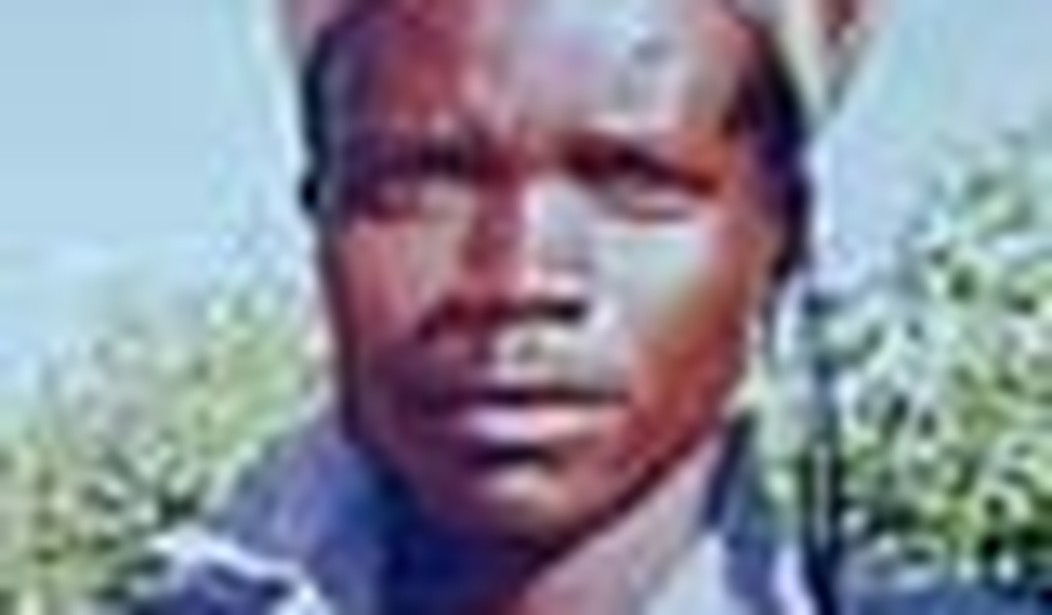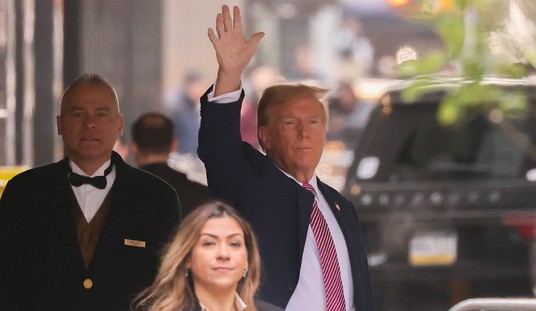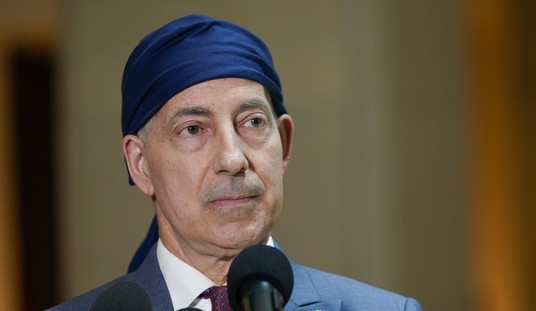On October 14, 2011, President Barack Obama announced that 100 U.S. troops, acting as advisors to the Uganda military, will help in military action against the Lord’s Resistance Army (LRA) — a rebel force roaming northwest Uganda, recruiting child soldiers, committing atrocities, and taking hostages (including slave “wives”) for more than fifteen years.
The LRA’s main goal is to live off the terror it creates. Northwest Uganda, northeast Congo, and southeast Sudan (now divided by the new border with South Sudan) have all seen decades of bloody disorder as the LRA traversed international borders to elude Ugandan troops. At times, the LRA has also attacked in Rwanda, Republic of Congo, Republic of Sudan, and Uganda, committing atrocities in those countries.
The LRA emerged as an atrocity-anarchy mechanism in the mid-1980s. It arose among the long-neglected Acholi people in northern Uganda, whose brief period of ascendancy during the brutal Idi Amin regime was overthrown by the National Resistance Army, led by Yoweri Museveni, in 1986. Museveni parlayed his military success into the presidency and remains there today.
Joseph Kony, a member of the Acholi people originally from Gulu in northern Uganda, founded the LRA, and instigated a rebellion against the Ugandan government in 1986. His ostensible purpose was to establish a theocracy based on orders from God communicated to him via spirits. His method to spread the “Word” encompassed unspeakable atrocities and child abduction, eventually displacing two million people in his rampages through northern Uganda, Congo, and Sudan.
After the September 11 attacks on the United States, the Ugandan military reinterpreted its own measures against the LRA rebellion as part of the global war against terrorism. In 2002 the Uganda parliament passed a Suppression of Terrorism Act. The United States rewarded Uganda’s support for the war in Iraq by restarting a military training and assistance program in 2003. The agreement provided for electronic technology and some direct military assistance, but not weapons. Part of the program was to “win the hearts and minds” of the Acholi people, whose territory within Uganda has been most ravaged by LRA depredations.
By 2003 it was estimated the LRA had 3,000 fighters under arms and 2,000 camp followers, many involuntary. In October 2005, the International Criminal Court issued arrest warrants for five leaders of the LRA, including Kony.
Early in 2010, however, the Ugandan military stated that the LRA was at its weakest point in the past fifteen years. More recently, it claims there are only 200 to 400 soldiers still in the field for the LRA.
So why does the U.S. government pick this moment to get involved?
It turns out that the United States has been involved with this issue for some time. As early as 2003, the United States contributed aid to the Uganda defense budget as part of the expanded struggle against global terrorism. And President Obama has disclosed that since 2008 the United States has helped efforts in the region to protect local people by pursuing the LRA.
U.S. Public Law 111-172 — the “Lord’s Resistance Army Disarmament and Northern Uganda Recovery Act of 2009” — was passed by the U.S. Congress on May 24, 2010. The bill, combining national security and humanitarian goals, was sponsored by Senators McCain and Feingold to provide financial and material assistance to Uganda’s counterinsurgency efforts.
But U.S. support for the anti-LRA war has not been an unmitigated success. The National Security Council authorized training and financial support for the December 2008 Operation Lightning Thunder, a joint Uganda-Congolese-South Sudan campaign. This resulted, however, in major casualties among Congolese civilians, with 200,000 people displaced and the LRA escaping to fight another day.
Somewhat puzzling about the new U.S. deployment “to protect civilians” — as stated by the U.S. Embassy in Kampala on October 17, 2011 — is the fact that the Ugandan army announced that the Kony/LRA problem is no longer a threat in Uganda, but a regional problem. So, apparently the UPDF is joining the U.S. in an African regional conflict. Uganda has been a leader in the African Union’s battle against the al-Shabaab terrorists in Somalia, and suffered a retaliatory bombing in Kampala by them in July 2010.
So does this new operation mean a wider U.S. regional military action in East Africa in support, however reluctant, of Kenya’s incursion into Somalia against al-Shabaab? Is this part of an expanded role for AFRICOM, the U.S. military command in Africa?
Is this connected to an anti-piracy campaign off the Somalia coast just north of the Kenya border? Rumors also abound about a Kenya military effort to seize the southern Somalia port of Kismayo, to thwart the increasing dangers of piracy to vital sea traffic and to deal with the expanding refugee problem of Somalis fleeing into Kenya. Perhaps the U.S. need for Museveni’s political and military help in the widening anti-terrorist campaigns in Somalia and off its coast is involved.
There is one other possible factor inspiring this new U.S. effort. The geographic areas in which the LRA operates are in the middle of recent discoveries of oilfields. The finds are substantial. Three companies have bought the drilling rights. Heritage sold its interests to Tullow, Tullow sold 30% of its interests to Total and CNOOC (China National Offshore Oil Corporation, which is state-run). This deal is being help up by the Ugandan government.
The Obama administration’s motives are still not clear. Given this list of possibilities, the way the campaign develops should provide some answers.








Join the conversation as a VIP Member